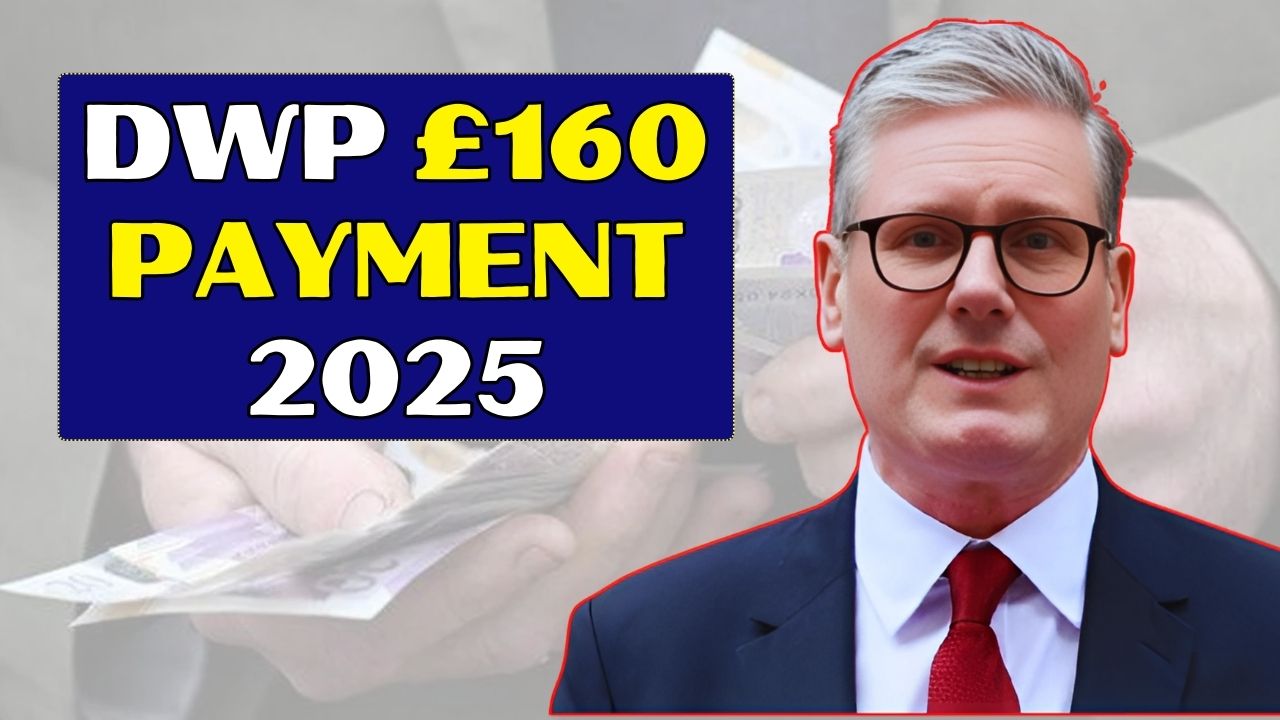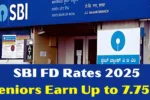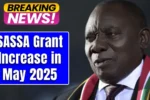In 2025, the UK’s Department for Work and Pensions (DWP) is rolling out a £160 payment boost aimed at supporting vulnerable households amid rising living costs. This targeted financial support is part of the government’s broader cost-of-living measures and is designed to offer short-term relief to individuals and families struggling with energy bills, food prices, and inflation-related pressures. The payment will not be made to everyone automatically, so it is crucial to understand who qualifies and how to ensure you receive it.
Why This Boost Matters in 2025
With inflation still affecting essential services and everyday expenses, the £160 DWP boost offers timely financial assistance to millions of people receiving benefits or pensions. This one-off payment is not part of a regular benefit but rather an additional top-up provided to eligible claimants already receiving specific government support.
It builds on previous cost-of-living payments issued in the past few years and continues the UK government’s efforts to cushion the impact of economic uncertainty for the most vulnerable.
Who Is Eligible for the £160 Payment?
Eligibility for the £160 payment boost is determined by your existing benefit status. Claimants receiving certain means-tested benefits are expected to qualify, including Universal Credit, Pension Credit, Income-based Jobseeker’s Allowance (JSA), Income Support, Income-related Employment and Support Allowance (ESA), and Working Tax Credit. In some cases, those receiving Child Tax Credit may also qualify, but they must not be in receipt of overlapping benefits that disqualify them from the scheme.
The DWP has clarified that only those who were receiving a qualifying benefit during a specified assessment period likely to be a window in early 2025 will be eligible. Those who applied for a benefit during the qualifying period but had not yet been approved may still receive the payment if their claim is backdated.
How and When Will the £160 Be Paid?
The £160 payment will be deposited directly into the bank accounts of eligible recipients. No additional application is necessary for most people. If you’re already receiving one of the qualifying benefits and your details are up to date with the DWP or HMRC, you should receive the payment automatically.
The DWP has announced that the payment will begin rolling out in spring or early summer 2025, with exact dates to be confirmed. It’s important to monitor updates on the official GOV.UK website or through verified government announcements to avoid falling victim to misinformation or scams.
The payment will appear as a separate entry on your bank statement, distinct from your regular benefit payment, and it will not affect your ongoing eligibility for other benefits or services.
How to Claim if You Haven’t Received the Payment
While most recipients will not need to do anything to receive the £160, there are exceptions. If your benefit application is still being processed or if you believe you were eligible during the qualifying period but have not received the boost, you may need to contact the DWP directly. In these cases, the DWP may ask for confirmation of your eligibility or provide guidance on how to appeal or submit a reconsideration request.
Keeping your contact and banking details updated in your Universal Credit or HMRC account is crucial. If your information is outdated or incorrect, it could delay or prevent the payment from reaching you.
Staying Safe from Scams and Misinformation
As with previous cost-of-living payments, there is a risk of scams targeting individuals awaiting the DWP boost. The government has warned people to be wary of messages or emails asking for bank details, personal information, or payment in exchange for receiving the boost.
The DWP does not ask for any additional information via text or email. Any legitimate updates will be shared through the GOV.UK website or your verified online account.
The Bigger Picture: Cost-of-Living Support Continues
The £160 boost is part of a broader set of financial interventions aimed at easing the cost-of-living crisis. While it may not resolve every hardship, it provides essential breathing room for those facing rising utility bills, rent payments, and food expenses.
Combined with housing support, energy bill discounts, and increased benefits in line with inflation, the government hopes this payment will help bridge the gap during difficult months in 2025.




